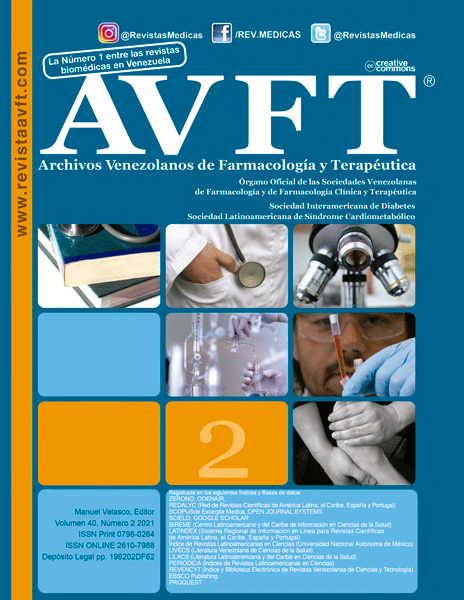Early echocardiographic findings for cardiac chambers remodeling after congenital cardiac defects intervention
Keywords:
, Early Echocardiographic findings, cardiac chambers remodeling, congenital cardiac defects.Abstract
Abstract: Echocardiography is one of the most significant features in hospital for patients with inherited cardiac illness to assess defects morphology, assessment of associated abnormalities and exclude additional lesions. We aim to assessment the cardiac function before cardiac catheterization and to detect the possible early change after intervention and to investigate the complications early following intervention. The type of study is a prospective study conducted for a period of four months duration from 1st January 2020 to 1st May 2020, at Shahid Al- Mihrab cardiac center, at Al-Hilla city and Al-Nasiriya Heart Center at AL-Nasiriya city, Iraq. All patients who undergone transcatheter intervention for congenital heart disease during data collection time were included in this study. Variables such as age, gender, weight and height were recorded. Echocardiography was done for every patient in day before and day after transcatheter intervention; Data was analyzed using SPSS version 23. 39 patients included, for patients with ASD, echocardiography shown improvement of systolic RV function by significant increase in TAPSE (P value =0.001). For VSD patients, echocardiographic study showed a significant increase in TAPSE and EF (P value = 0.050 & 0.0001 respectively). For patients with PDA, echocardiographic study of LA, LV, PAP there were reduction post operation but statistically non-significant. Regarding COA, showed non-significant improvement of LV systolic function evaluated by EF and there were no significant changes in other echocardiographic parameters. In patients with PS, there was significant improvement of RV systolic function by increase in TAPSE (P value=0.004). Regarding AS there was reduction of PG across the AV with improvement of LV systolic function by increment of EF and there was a reduction of PAP. Echocardiography in the peri interventional situation can enable presentation of interference and vital for recurrent follow-up.




